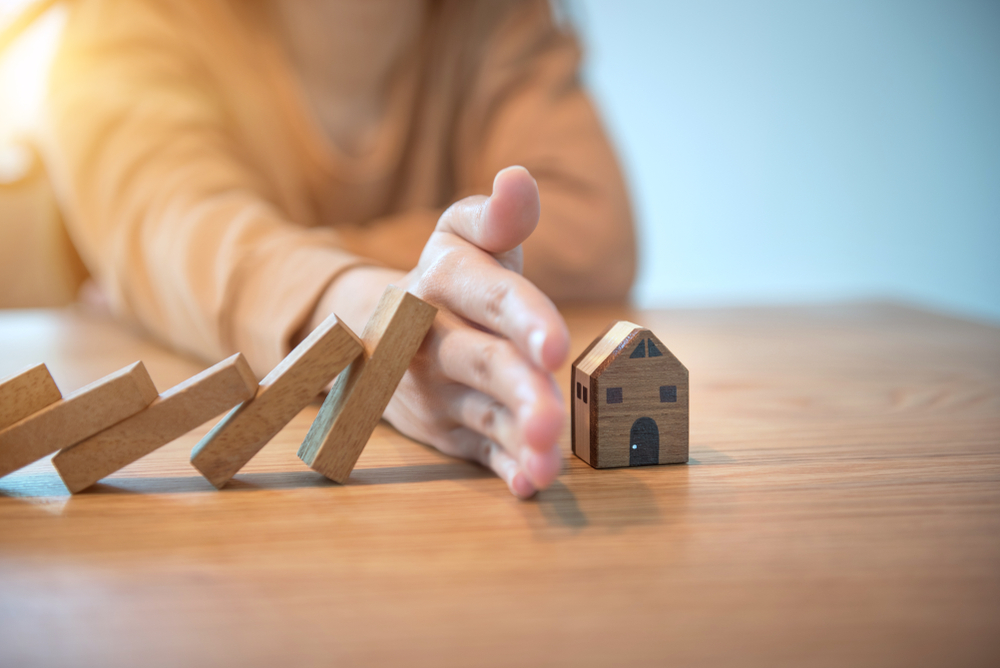
Disasters have a significant impact on the economic and social resources of a country. According to a UN study, the yearly average global impact in the period 2007 to 2017 was 354 disasters; this affected 210 million people, of whom 68,000 lost their lives. The damages of these disasters amounted to $ 163 billion. The increased frequency and intensity of disaster risks in recent years has led to huge social and economic losses, both in India and around the world. India, being a climate sensitive nation, with a large vulnerable population, unplanned physical infrastructure development, and poor institutional capacity is worse affected by disaster related impacts. The estimated economic losses sustained by India from 1998-2017 due to disasters amounted to $ 79.5 billion. Between 2000 to 2018, natural disasters also resulted in approximately 3.67 lakh deaths in India. To promote a holistic approach towards designing strategies for Disaster risk resilience(DRR) and building community resilience, India has adopted the Sendai Framework for DRR 2015-2030, sustainable development goals (SDGs) 2015-2030 and Paris Agreement on climate change (CoP 21) in its National Disaster Management Plan, 2019 . Science, technology and innovation will play a critical role to achieve the goals set out in these agreements.
Technological innovations and advancements are creating opportunities for improving resilience to disasters and supporting risk reduction. Globally, developments in disruptive technologies such as internet of things (IoT), artificial intelligence (AI), drone technology, predictive analytics, risk modelling, remote sensing are transforming the field of disaster risk reduction and management. The application of these technologies has improved with advancement in digital infrastructure such as wireless broadband networks, cloud computing, smart phones, and mesh networks. However, the spread and availability of these new technologies varies amongst developed and developing nations, which is further disaggregated between low- and high-income regions. This influences the availability and applicability of technology for varied disaster management scenarios (pre, during and post). There is an increased application of new and updated technology in the Disaster Risk Reduction (DRR) space in the developed nations.
However, the application of new innovations for DRR in developing nations remains limited due to certain key challenges pertaining to information asymmetry (specifically applicability and usage of technology for DRR), poor funding, and low technical capacity.
Disruptive technologies are enabling countries to effectively address disasters across all scenarios (pre, during and post). They help in understanding disaster triggers, enhancing predictive analytics and forecasting to enable early warning systems, assessing pre- and post-disaster physical damages, ensuring accuracy and timeliness of response strategies and information dissemination, and increasing knowledge of economic impact and social behaviours post-disaster. In this stead, these DRR targeted innovations and technologies are supporting strategic interventions across all three phases: pre disaster, during disaster and post-disaster response.
Drones enable remote sensing at the time of pre and post disaster; they monitor geophysical structures to mitigate the impact of disasters and support relief measures by showcasing live pictures/footage from sites affected by disasters. There has been an increased application of AI driven computational models and cloud-based data integration results for predicting and detecting extreme events and establishing early warnings for disasters. IoT for disaster management is driven by monitoring sensors which are embedded to provide real-time information and send alerts in case of catastrophic events. Earth movements can be detected by ground sensors and flood management can be enabled by river level monitoring.
The year 2019 has been one of the worst years in the history for India when it comes to natural disasters. More than 13 Indian states (Kerala, Gujarat, Karnataka, Maharashtra, Madhya Pradesh, Andhra Pradesh, Odisha) have been affected due to floods and thus interventions like IoT-based early warning systems which include solar powered sensors to monitor air temperature and water levels with cloud storage for data and mesh networks for information dissemination have been deployed albeit selectively across the country in the states of Odisha and Google deploying solutions for the city of Patna in Bihar.
Cryptocurrencies are also being used by some relief agencies for accepting donations. For example, Oxfam12 provided ‘Dai’13 (stable coin) for distributing aid to 200 people and 30 vendors in islands of Vanuatu that were prone to natural disasters in 2019. Information dissemination enabled through mesh networks ensure connectivity post-disaster and help in the exchange of information during a crisis. There is continuous research and development being undertaken by international institutes and agencies on new technologies and innovations that can support DRR. This includes blockchains and robotics. The scientific community validated that a blockchain distributed ledger system can verify information and records. This will allow for a faster disaster response. This technology is being piloted by United States of America Centre for Disease Control and Prevention to enable reliable and rapid data collection during a disease outbreak. This could be relevant for disaster management at the time of relief and rehabilitation, as it requires timely sharing of trusted information and data to enable collaborative efforts by different agencies.
In the case of robotics, the Human– Robot Informatics Laboratory of Tohoku University in Japan is designing different types of robots for disaster response, which are embedded with cameras, wireless communication, infrared sensors, and GPS.’ These technologies can help detect human presence in damaged area. India as a country which is prone to natural disasters is also acting a laboratory for piloting various technologies that would enable the implementation of Sendai Framework on Disaster Risk Reduction in its right spirit.
The state of Odisha as an example has shown, continued and sustained improvements accompanied by use of relevant technologies can help in saving lives. The Government of India has also decided to setup an integrated control room for emergency response to minimise information gaps between federal and state agencies during disasters.
With each disaster, there are numerous lessons to be learnt. India needs to document best practices that were observed during each disaster and ensure that these are captured in the form of a knowledge management platform, coupled with modern e-learning tools, so that each state can learn from each other and put in place systems that are ready for handling disasters of the future.


